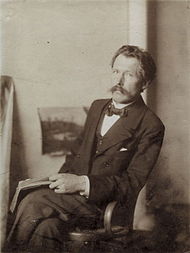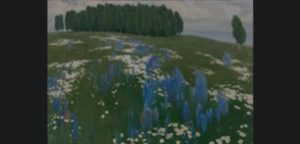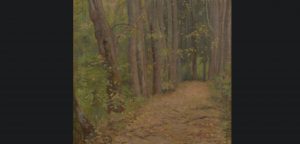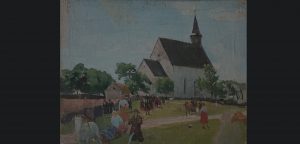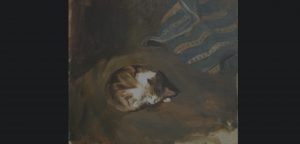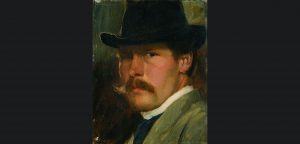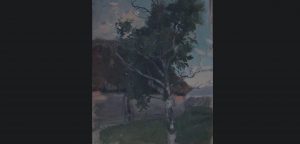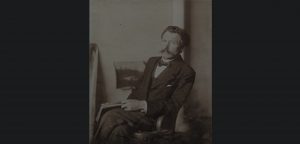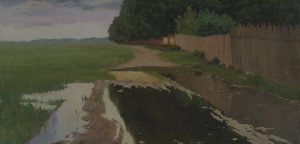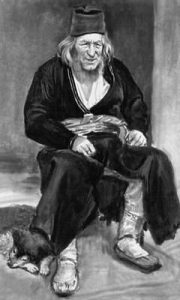Paul Raud was born on the 22nd of October in 1865 in the village of Kirikuküla, Kreis Walk, The Governorate of Livonia.
1865 - 1930
Paul Raud
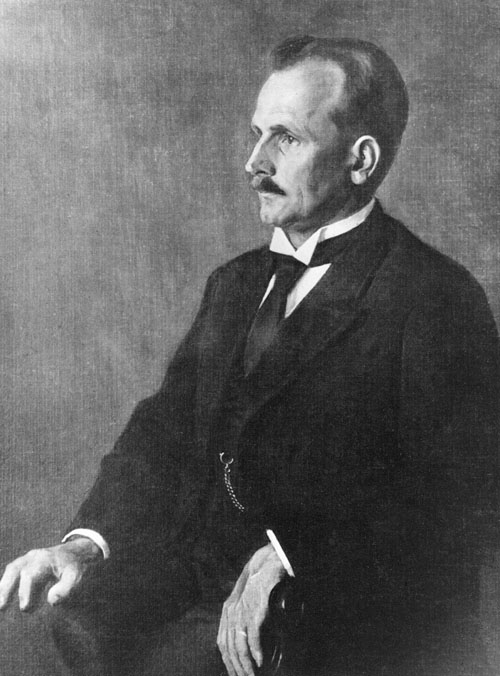
description
An Estonian Impressionist artist, known as a landscape painter and portrait painter, who made a significant contribution to the development of painting in Estonia at the turn of the 19th and 20th centuries.
Paul was born into the family of a field buster. He had a twin brother, Christian, also subsequently a famous artist and founder of the Estonian National Museum.
Being the first painter to return to his homeland after graduating from the Academy and a talented teacher, he became the most influential and weighty figure in Estonian art. In addition to genre and landscape paintings, ethnographically accurate original portraits of simple people, he painted so-called “ceremonial” or “armchair” portraits in the academic style to order.
Key ideas:
– Having studied and perceived the technique of the Impressionists, Paul Raud reveals himself as a direct and keen observer of nature, vividly and emotionally responding to what he has seen. Genre features are combined in the paintings – the landscape is integrated into the plot and plot canvases are “landscaped”. Especially this concerns the paintings of peasant life, from depicting of which Estonian artists were very far before. In this case, the artist manages to preserve the freshness of perception of nature in his best works.
– The artist builds compositions in the spirit of Impressionism, that is, the point of view on objects is random and creates a sense of the immediacy of observation. Under the influence of the new technique, a free picturesque stroke and a significant clarification of color appear.
– The achievements of the open-air effect of the master are in the portrait genre as well. For example, “Self-portrait with a palette” (1908) stands out with a bright color. Also, unusual are “large-scale” composition and spectacular lighting. The artist chooses to depict national characters, accurately noting their ethnographic characteristics. At the same time, he plays it artistically and transfers the psychological state of the model.
1865
1886 - 1894
1893 - 1894
1896
1899
1900
1902 - 1903
1915
1923
1930
The birth of the artist
He studied in Düsseldorf at the Academy of Fine Arts
After graduating from the Rakvere rural school, he studied in Düsseldorf at the Academy of Fine Arts under Eduard von Gebhardt and other professors of painting.
Visited Holland for educational purposes
Visited Holland for educational purposes. After graduating from the Academy, refusing the proposed work in Düsseldorf, he returned to Estonia. He was the first Estonian painter who, having received a higher art education abroad, returned to his homeland.
He traveled to the islands of Pakri and Muhu
He traveled with his brother and sculptor A. Adamson to the islands of Pakri and Muhu, where he worked in the open air.
Back in Germany
Back in Germany, again started to learn the elements of Impressionism.
Improved portraiture mastery at the workshop of I. Repin in St. Petersburg
Improved portraiture mastery at the workshop of I. Repin in St. Petersburg.
A trip to Italy and Germany
A trip to Italy and Germany.
He worked at the Tallinn Institute of Commerce
The beginning of the serious teaching activities: he worked at the Tallinn Institute of Commerce.
Worked as a teacher at the Tallinn State Industrial Design School
Worked as a teacher at the Tallinn State Industrial Design School; the artist’s atelier was located in the famous Neitsitorn Tower.
The death
He died on the 22nd of November in 1930 in Tallinn, Estonia.

